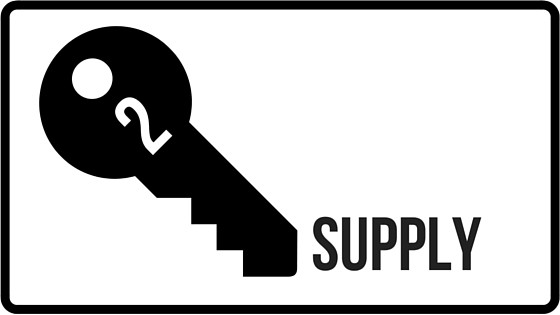A lot of time and effort goes into finding, bidding, and winning construction projects. From networking with key contacts to understanding the full scope of work to fine-tuning your bid, the road to securing any project can be a challenge… let alone large-scale projects that can keep your workforce jumping and profitable for long periods of time.
Once the confetti has landed and you’ve celebrated a job well done in securing an important contract, the real work is just beginning. With a remarkable growth in the number, size, and complexity of construction projects in the past few decades, project managers face greater difficulties in achieving successful project completion. According to industry cost experts, 90% of large-scale projects faced cost overrun exceeding initial budgets by an average of 28%. Without question, the ability of project managers and their selected team to effectively plan and manage is the key to success.
Below are 5 Keys to Success on your next large-scale project.

1. Staffing
From groundbreaking to finishing touches, you will need to find the right workforce. Most construction and engineering jobs employ a core workforce who will be there for the duration of the work; foremen, bricklayers, carpenters, steelworkers, electricians, and general laborers can all be considered permanent staff. Builders often have their own preferred team they use on every site, but there will be times when core workers need to be augmented for key stages. Being prepared for when you need to expand your team can be vital in keeping pace with a project’s time frame.

2. Supply
A solid supply chain is essential to every project. From ecologically sound timber to steel or bricks, every site requires a steady supply of necessary building materials. Inadequate supply can easily tip a project budget over, and everyone has heard of instances where the workforce has sat idle simply because the rebar didn’t arrive on time or the architect-specified insulation was not available. Sourcing reliable suppliers is vital. Choose reputable local firms where possible; every mile adds to total project cost and increases the risk of late delivery. Be sure to double-check quantity and material specifications, as out of spec materials can push a project backward.

3. Cost Control
One elementary issue of any project is cost control. Initial project budgets are developed with the help of banks, financiers, and architects prior to the first request for bids, but do not always reflect the realities of funding a project through to completion. Many projects go over budget because of unforeseen site conditions, owner requested changes, or architectural errors… and companies often lose money because these items are not well documented or efficiently addressed. Strategies should be put in place to work through these issues should extra costs be incurred. The sooner these types of changes are communicated, the more likely the project is to succeed and become a profitable concern.
4. Safety
Safety drives profit on every construction site. Not the kind of smothering, bubble wrapped rubber hammer safety that might spring to mind, but efficient, well-planned work done by trained tradesmen and women using the right tools. Unfortunately, focusing on safety often plays second fiddle to getting work done quickly when projects fall behind schedule. This shift in focus can cause injury, negatively impact the schedule, and ultimately impact the current and future project costs. Trained and experienced safety inspectors, like any good tradesperson, can make a significant positive project impact. Having a confident third-party professional overseeing safety on a project can overcome complacency and help build a strong safety culture. Productive communication is the best safety tool on any project; a good safety inspector will identify risky behavior before it becomes an issue. Taking advantage of available safety resources will help keep your workers safe and allow you to focus on what you do best.
5. Environmental Issue
Today, it’s more important than ever that new construction is environmentally sound. This can include anything from ensuring that your chosen greenfield site doesn’t infringe on natural habitats nor affect protected species of plant, animal, insect, fish or bird; to making certain that your brownfield site doesn’t contaminate the water table or pollute local rivers, ponds, and waterways. If renovation is involved, proper handling and disposal of suspect building material waste is critical. During the bid process, due diligence awareness of environmental matters can protect against liability and hidden cost impact from previous contamination that may exist on the build site. Maintaining communication with environmental personnel throughout all phases of the project will go a long way, and enlisting the help of a trusted consultant is a good option if you do not possess the resources in-house.
Keeping these five tips in mind will increase awareness of project pitfalls, and will position you for success on your next large-scale project.
Ready to get your next environmental project started? Get in touch with our environmental experts today.




